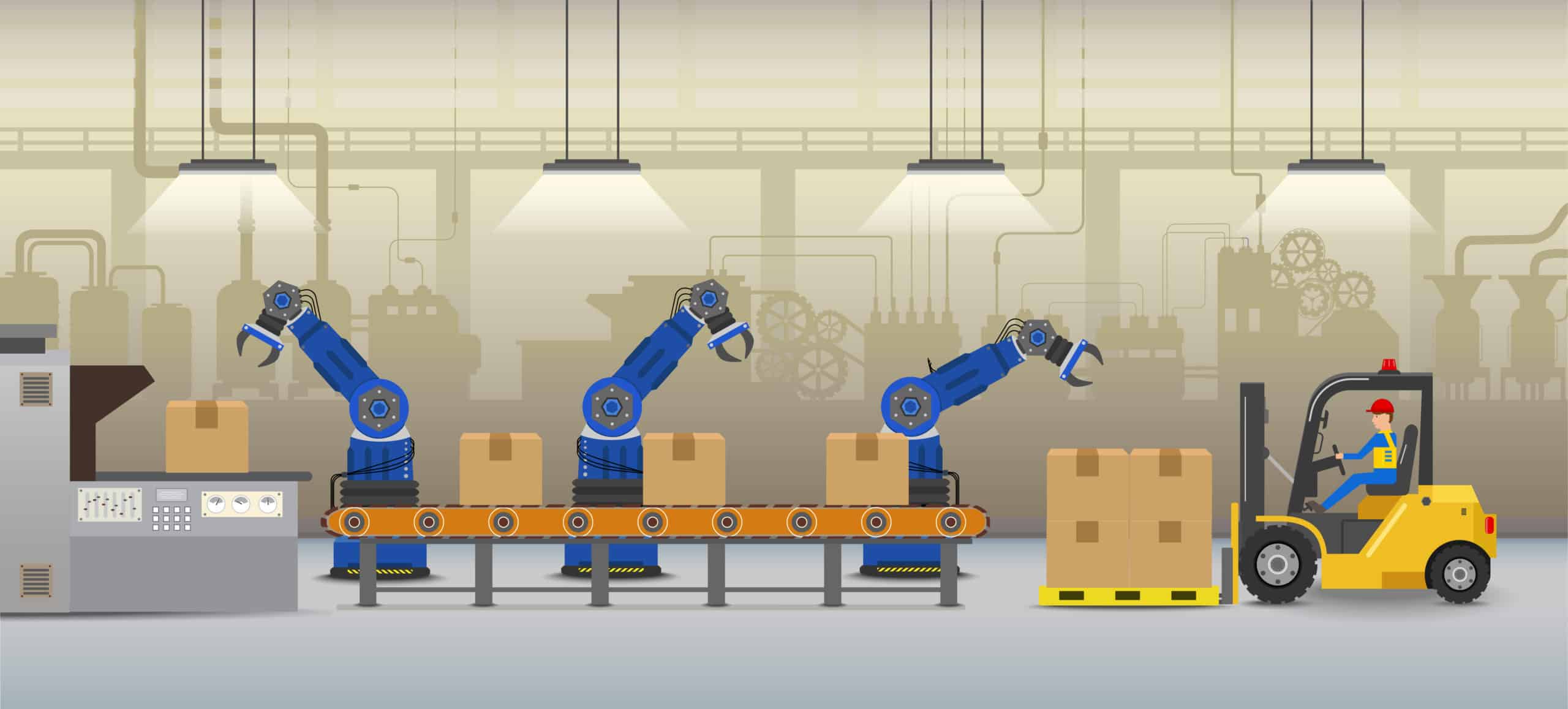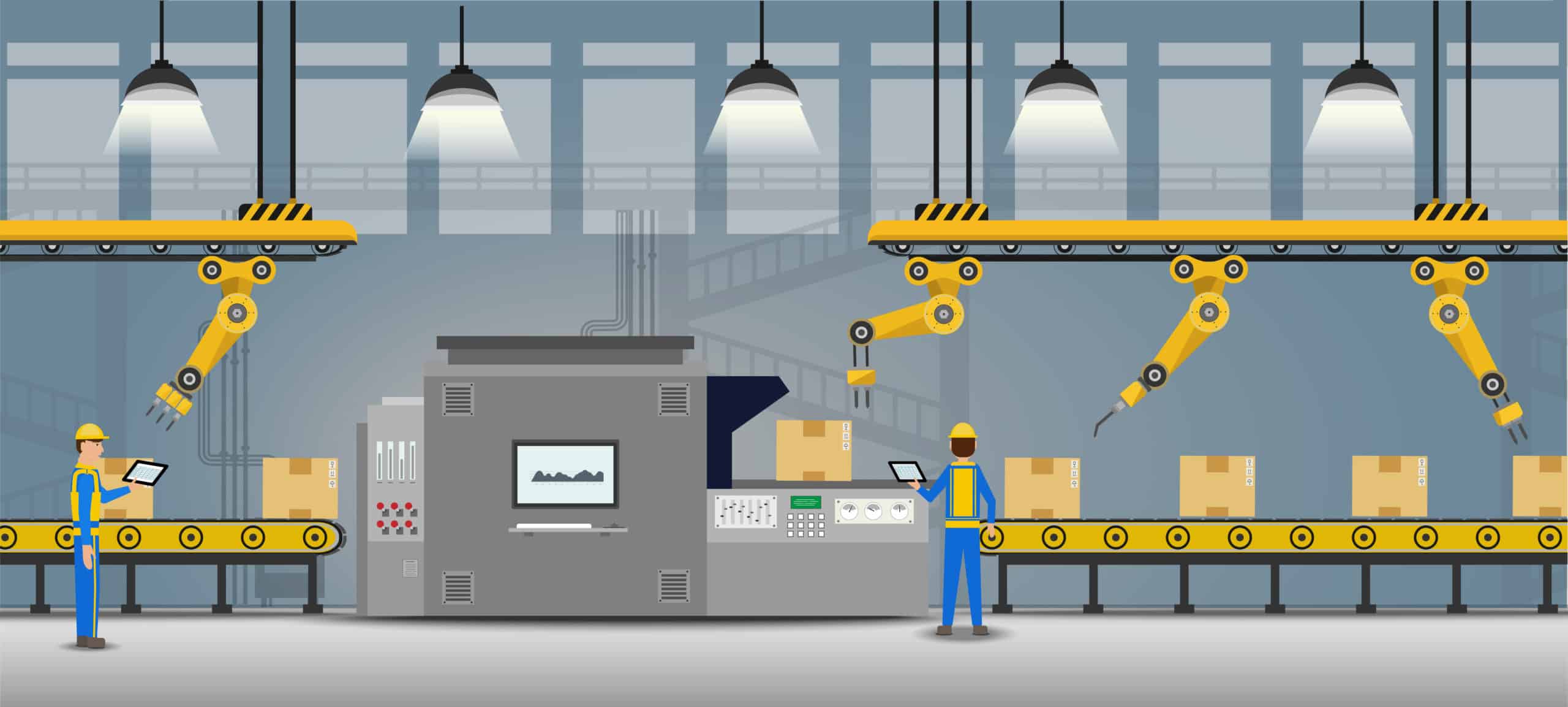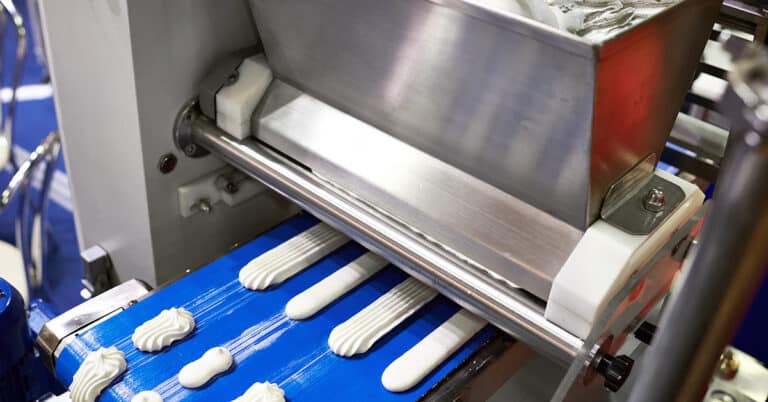Amid the COVID-19 pandemic, the phrase “business as usual” has ceased to exist. All industries have been impacted one way or another by the health crisis, and manufacturing is no exception. Even in sectors where demand is stable, manufacturing firms have adjusted to different ways of working and interacting in order to meet production goals. This is because it is critical that businesses keep their employees safe and healthy, especially at such a vulnerable time.
For manufacturers that have had to resort to temporary shutdowns as a result of reduced demand, it can be overwhelming to combat logistics of the shutdown while also looking forward to planning its startup. However, there are a few ways to create a silver lining from this situation. Critical asset monitoring and assessment is one of these ways. We all know that going to the doctor for a regular checkup is important, and the same principle applies to production equipment — and for those manufacturers that do make the time for this often-overlooked function, they will be even more prepared for a successful startup. To identify your critical assets, consider the following:
- What is the impact on production and processes if they fail?
- What is the impact on workplace and community safety if they fail?
- What is the impact on end-user safety if they fail?
- How much do they contribute to the overall business or bottom line?
- What is the impact on other equipment in terms of potential damage if they fail?
- What is the monetary cost of failure and repair or replacement?
Of course, in a field as vast as manufacturing, there may be other specific criteria based on your sector or specialty.

Critical asset monitoring pays special attention to the assets identified by the above questions, and can be used to develop an asset health index based on historical data, process monitoring and performance sensors. This index can then be used to make proactive maintenance decisions, identify potential failures before they occur, and develop preventive and predictive maintenance strategies.
Types of critical assets in manufacturing
Critical assets in manufacturing can cover many areas depending on your business, operations, processes and numerous other factors. Below are examples of critical assets and the problems that can result without an asset monitoring strategy in place:
- Production equipment that makes up a high rate of output: By definition, the operations of a facility will not be able to continue if core production equipment is not available. For example, if a large production machine, such as a filler-capper, goes out of service, an impassable bottleneck will be created until the machine is repaired. Even in cases where production could potentially be diverted to other equipment, output will be significantly affected in such high-volume processes and can lead to missed deadlines. Other similar equipment in different sectors might be injection molding machines, press brakes and CNC turning centers.
- Material handling equipment: In facilities where heavy pieces must be moved and handled, handling equipment will frequently be assigned a high degree of criticality. In rare cases where material handling equipment capacity greatly exceeds production output, operations may be able to continue at a relatively similar pace. In most cases, however, a facility will have only as much equipment as it needs on hand. This equipment must remain operational to ensure that material can be fed into machines, large components can be moved through production stations, and heavy finished products can be moved and loaded.
- Automation equipment: In many facilities, the rate of production would not be possible without automation equipment. In such cases, this equipment can be considered critical, since processes would have to stop or be completed manually, if possible. Even in manual scenarios, the production rate would slow to the point of being ineffective — making automation critical to meeting deadlines, guaranteeing quality and completing work.
- Measuring equipment: Measuring equipment, such as CMMs typically used in quality assurance, must be carefully monitored and maintained so that finished pieces meet required quality standards. In fields such as aerospace, medical devices and automotive, substandard quality presents a real safety risk to end users.
As these examples illustrate, critical assets are not just the core machinery used to conduct primary processes. While they may seem to operate in the background, these assets are an integral part of your operations because they keep workers safe and processes running smoothly. At ATS, industrial maintenance has been our specialty for over three decades. Our maintenance management services require us to develop a deep understanding of a facility’s processes and operations. We have worked with manufacturers large and small, developing and implementing critical asset monitoring strategies along with robust maintenance programs. To learn more about how we can help ensure your plant is ready for a startup, contact us today.






